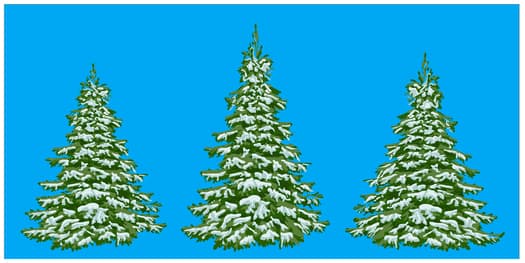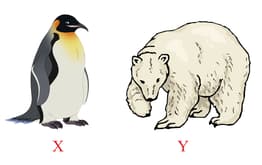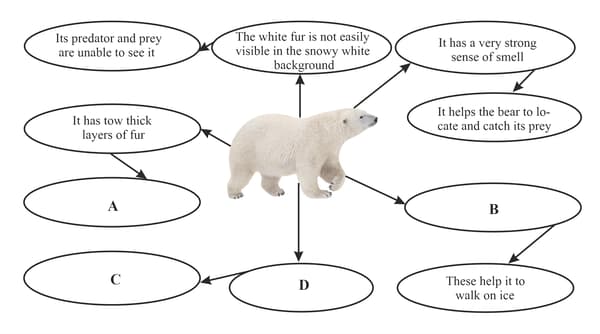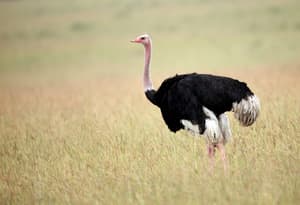The polar regions present an extreme climate. These regions are covered with snow and it is very cold for the most part of the year. For six months the sun does not set at the poles while for the other six months the sun does not rise. Plants that live in the Polar regions have needle-shaped leaves that prevent water loss through transpiration, they are generally cone-shaped trees so that the snow slides off.

If the trees have broad leaves at the time of snowfall season, what will happen?


Important Questions on Weather, Climate and Adaptations of Animals to Climate
Which of the following statements are incorrect regarding the given animals?

(i) X possesses a streamlined body and webbed feet.
(ii) Both are good swimmers.
(iii) Y has a thick layer of fat under its skin with fur on its body, while X has thick skin and a layer of fat under its skin.
(iv) Both live together in large numbers and huddle together to keep themselves warm.
(v) Y has a very strong sense of smell, unlike X.

The above flow chart represents adaptation for the polar bear. Go through the flow chart and add necessary content for A,B, C and D.
Camouflage is a type of colouration or pattern that helps some animals to blend in with their surroundings. It is an example of adaptation. It is used by many organisms to defend themselves from their predators. It increases the chance of survival of an organism in a particular habitat. If a rabbit lives in a Himalayan regions what colour will suit it most to hide from its predator? Explain your answer.
Report 1: Isolated rain or thundershowers are lightly to occur over Chittoor, Nellore, Prakasham and some parts of Kadapa districts. Mainly dry weather will prevail over southern Telangana districts and northern coastal districts of Andhra Pradesh. The sky may be cloudy for the next two days in Kurnool and Ananthapur districts.
Report 2: According to the meteorological department report 42 °C maximum temperature was recorded at Ramagundam of Peddapalli district and 29 °C minimum temperature recorded at Arogyavaram of Chittoor district. Because of cumulonimbus clouds, 2mm of rainfall was recorded in Hyderabad. Scattered rainfall recorded in some parts of interior Rayalaseema. Remaining part of Telangana and the Andhra Pradesh States was dry.
What aspects of the weather are discussed in both reports? Which report explains what will happen?

